Marcos Acayaba: São Paulo, modernism and building in Brazil
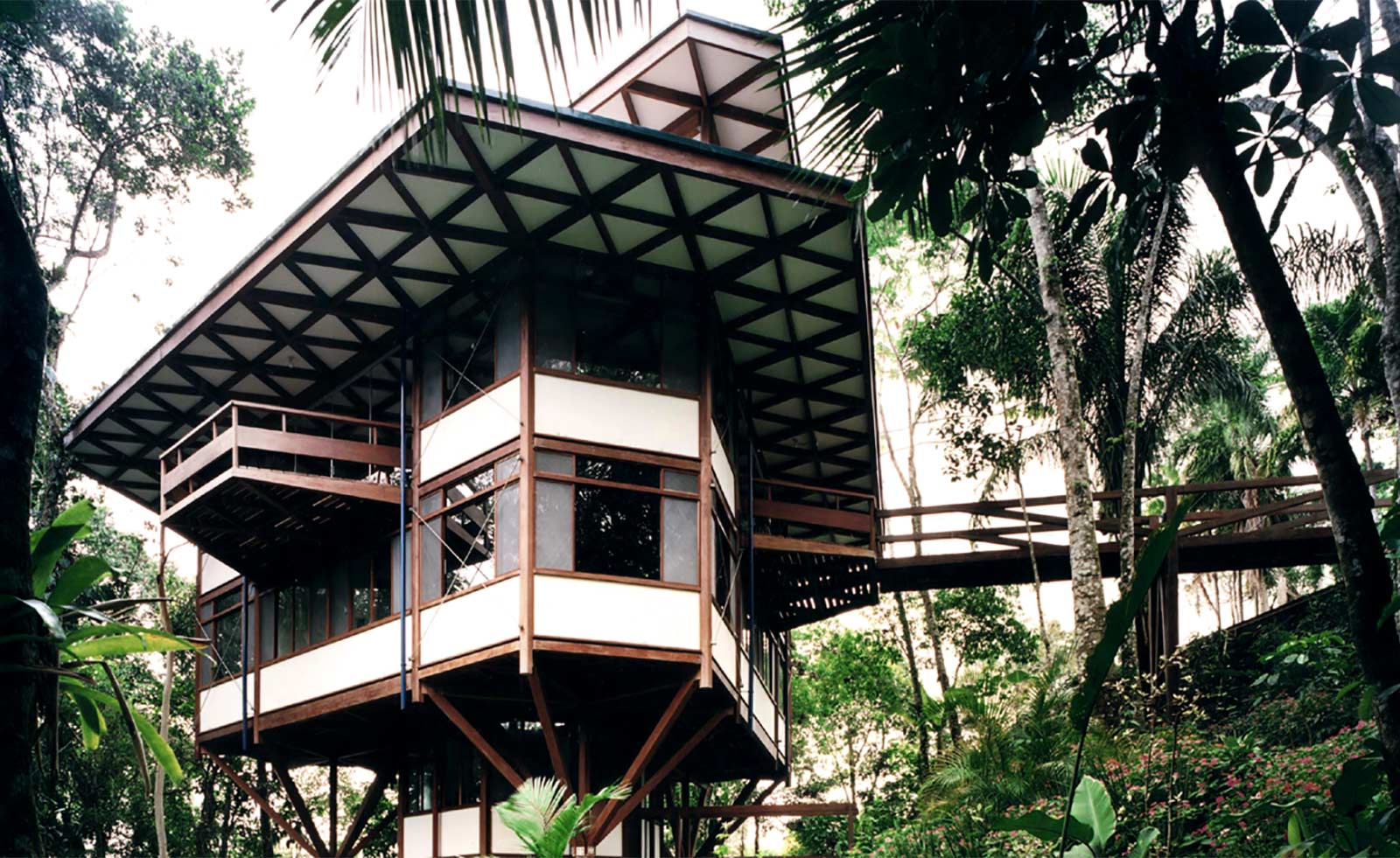
From designing an iconic house for his sister-in-law (now his current house and studio) when he was only 28, to working on a variety of inspiring public projects and teaching at the University of São Paulo, Marcos Acayaba's more than 30-year career and architectural explorations into different techniques, forms and materials, have placed him among the country's most esteemed creatives.
Wallpaper*: Has your neighbourhood (Cidade Jardim) changed much since you built Residencia Milan there?
Marcos Acayaba: Yes, there was a lot of construction and everything has been built since then. At first we had no gate and the house was open to the street, and had no garden. Then things changed and for security reasons we started to close the house off and to be more careful. We needed to add a fence and gate.
W*: Was Residencia Milan the first house you designed?
MA: No, it was about the tenth. It was for my sister-in-law who was a great client. If I had designed it for myself it would have been so much more difficult. It is a difficult task for an architect to design his house, especially for a young one and then I was just 28 years old. And I love it; I really think it is the best thing I have ever designed.
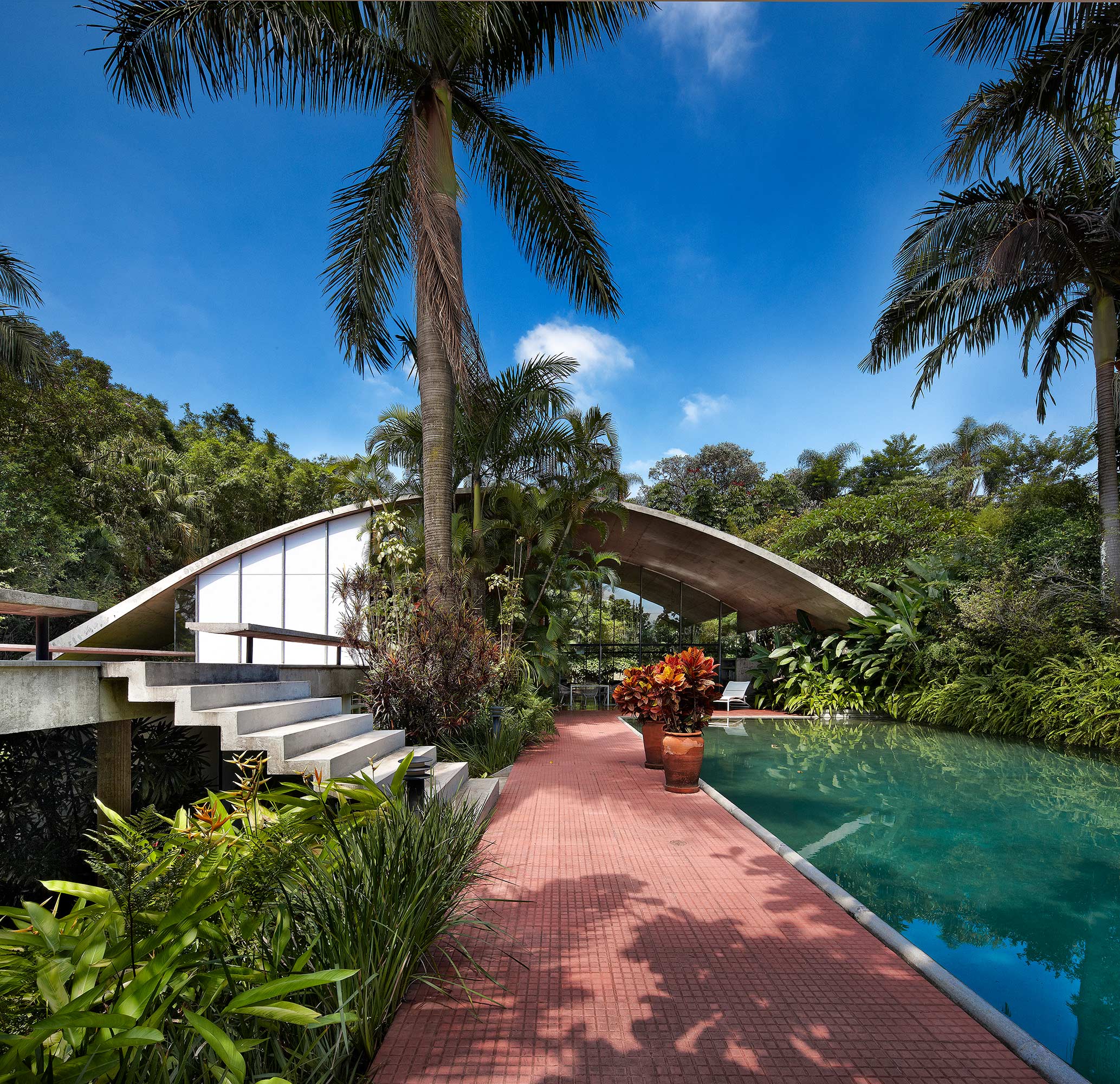
The Milan House.
W*: The materials you used here are very simple – concrete and wood. What type of wood did you use?
MA: It is a Brazilian type of wood, called Perobinha-do-Campo. It used to be very common back then, but it is almost extinct today and it's really rare to find it.
W*: You are a born and bred Paulistano. What do you think of the city of São Paulo?
MA: São Paulo is a place in permanent construction mode. Everything changes so quickly; there is really no part of the town that remains as you remember it a few years ago. In the 1960s and 70s it was a very pleasant and smaller city but now it is so vastly different, especially if you count the suburbs. And it is very dynamic but can be quite aggressive and violent too. It is a city that offers a lot of work opportunities, which is why lots of people come here, from all over Brazil but also from abroad. It is a melting pot for different cultures.

Baeta House, 1993.
W*: There is a strong modernist legacy here. How did that affect the architectural landscape?
MA: It all started with the spirit of Le Corbusier. Brazil was a country with strong ties with France – and then with the US. Le Corbusier came here to make the Rio project and the Brazilian team that worked with him on that, mainly Niemeyer and Costa, gained a lot of recognition after that. So modern architecture had a great value in Brazil at that moment.
W*: How did São Paulo develop after that?
MA: São Paulo was mainly a commercial and industrial city; it was not like Rio, which was the capital then. It became a city with a lot of vertical buildings. There was also a big influence from the American architects, like Richard Neutra, to the Paulista architects in the 1960s. Their influence was as big as Le Corbusier's. For example, Artigas created Frank Lloyd Wright-style architecture and another important architect, Rino Levy, also designed with an American influence.

Olga House, 1990-2.
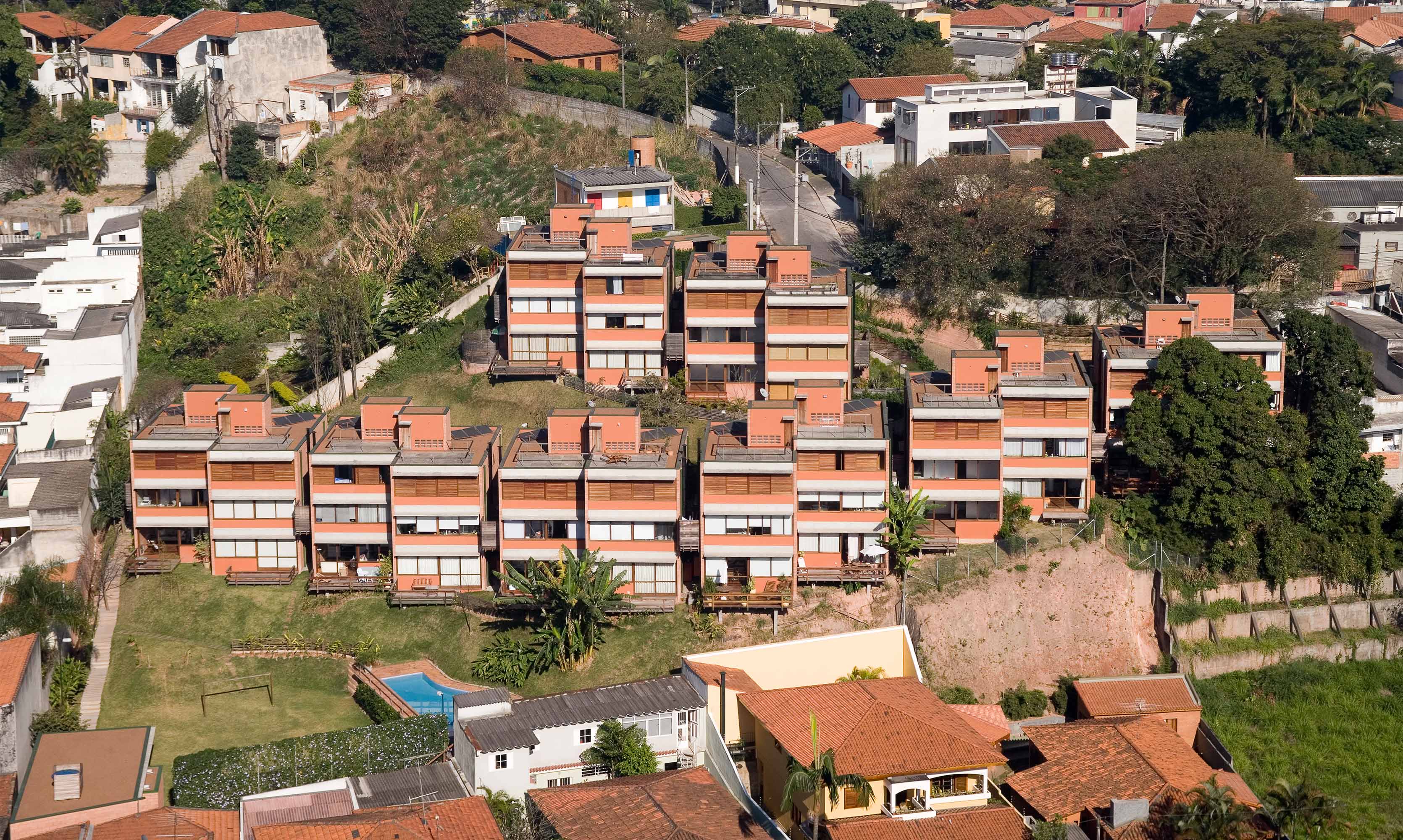
Butantã Housing, 2004.
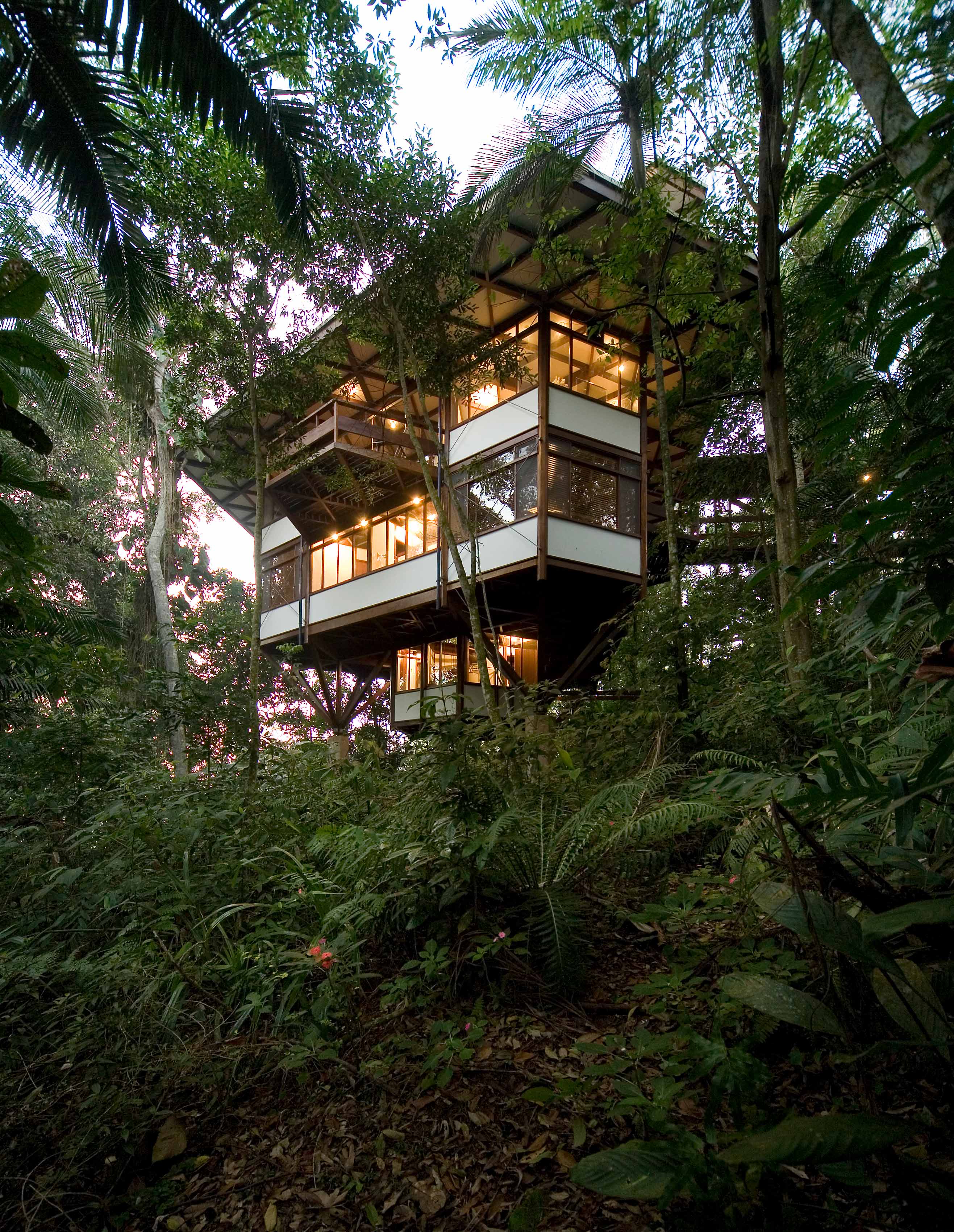
Acayaba House, 1997.
INFORMATION
For more information, visit the Marcos Acayaba Arquitetetos website
Receive our daily digest of inspiration, escapism and design stories from around the world direct to your inbox.
Ellie Stathaki is the Architecture & Environment Director at Wallpaper*. She trained as an architect at the Aristotle University of Thessaloniki in Greece and studied architectural history at the Bartlett in London. Now an established journalist, she has been a member of the Wallpaper* team since 2006, visiting buildings across the globe and interviewing leading architects such as Tadao Ando and Rem Koolhaas. Ellie has also taken part in judging panels, moderated events, curated shows and contributed in books, such as The Contemporary House (Thames & Hudson, 2018), Glenn Sestig Architecture Diary (2020) and House London (2022).
-
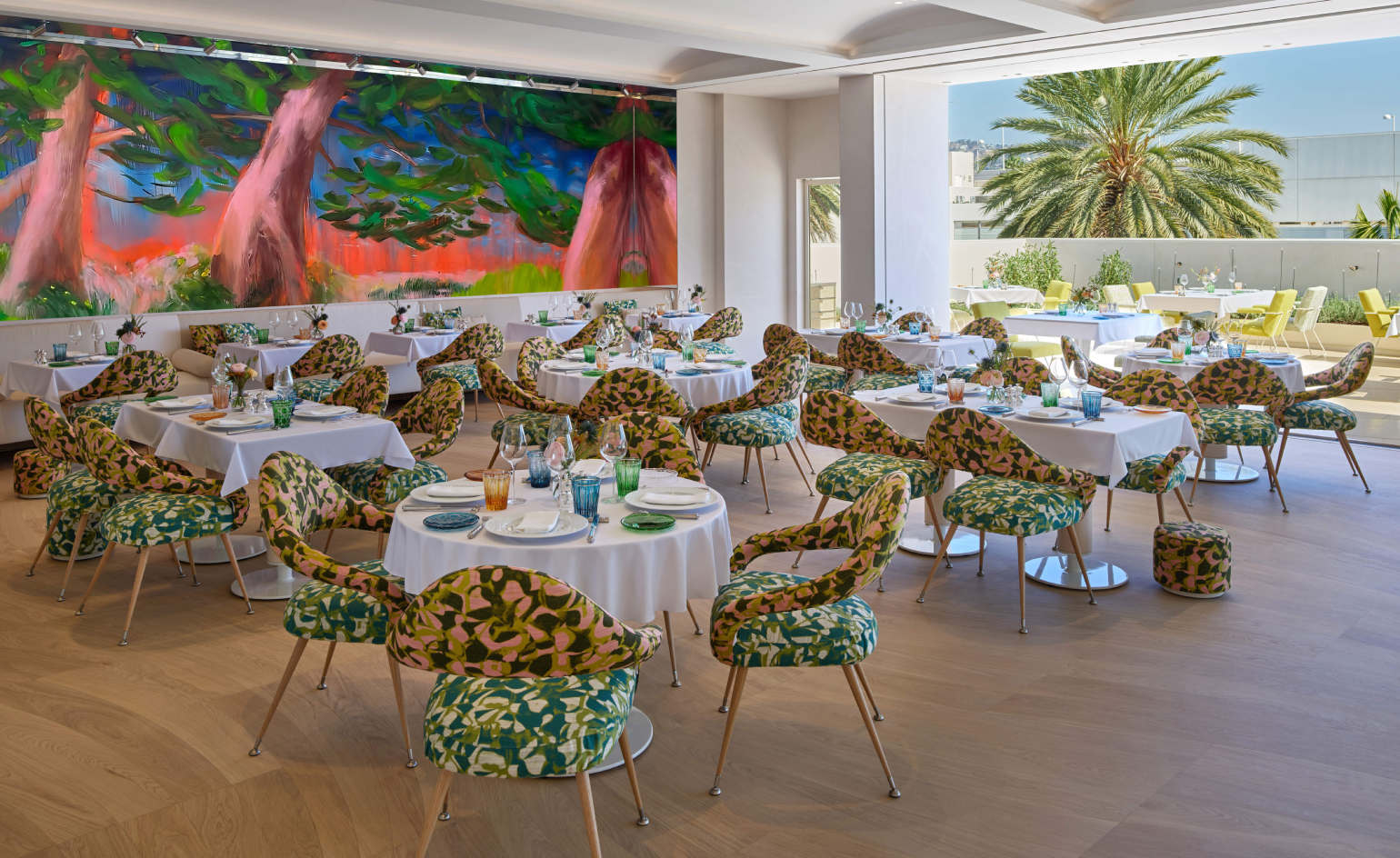 Dior’s new Beverly Hills dining salon raises the bar for couture cuisine
Dior’s new Beverly Hills dining salon raises the bar for couture cuisineFrom Peter Marino’s onyx bar and faceted mirrored walls to Nicole Wittenberg’s vast, immersive botanical canvas, Dior’s first restaurant outside Paris is here
-
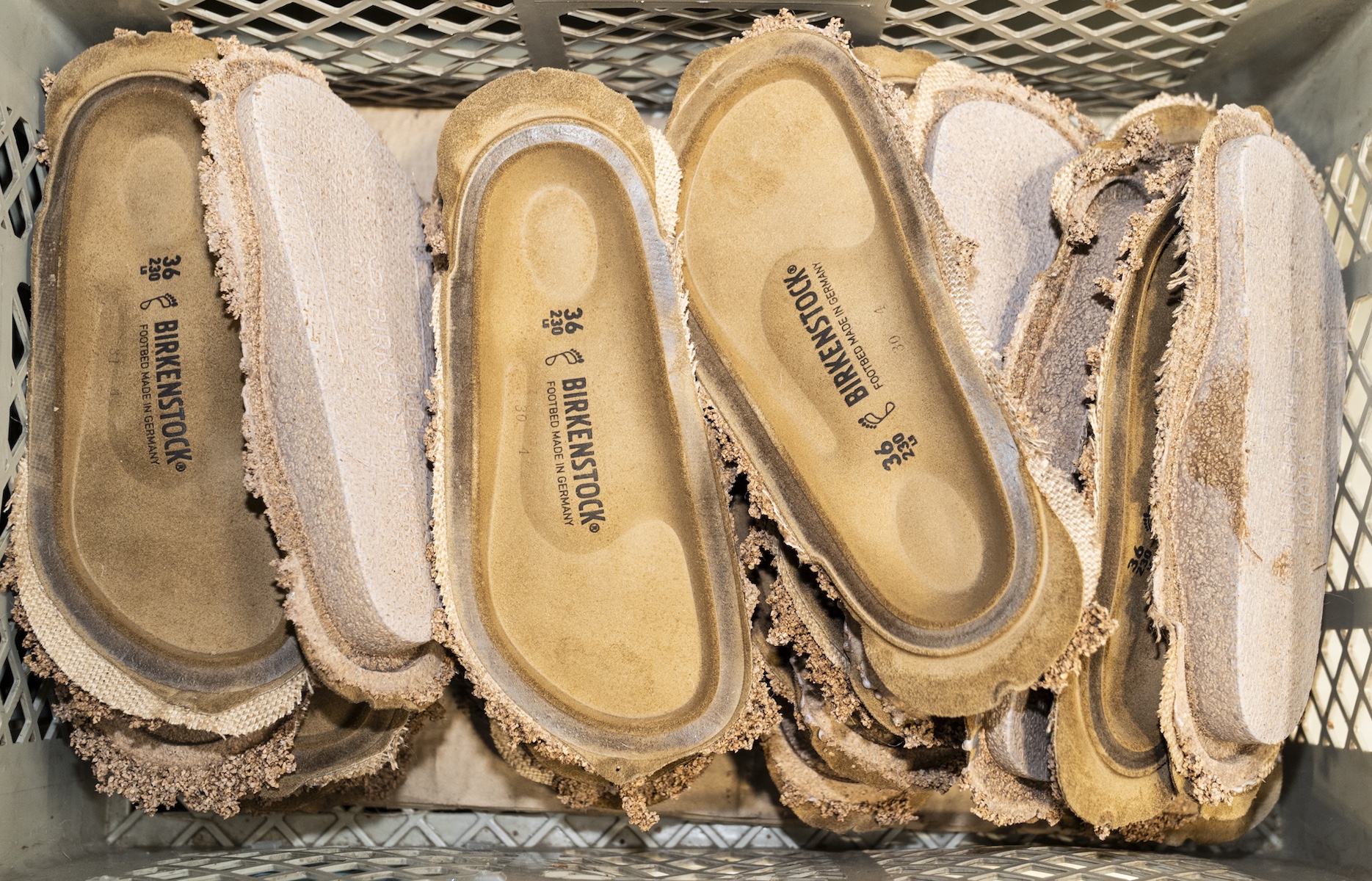 Inside the factory where your Birkenstocks are made
Inside the factory where your Birkenstocks are madePart high-tech laboratory, part artisanal workshop, the German factory straddles past and future. For Wallpaper*, Stuart Brumfitt takes a rare tour
-
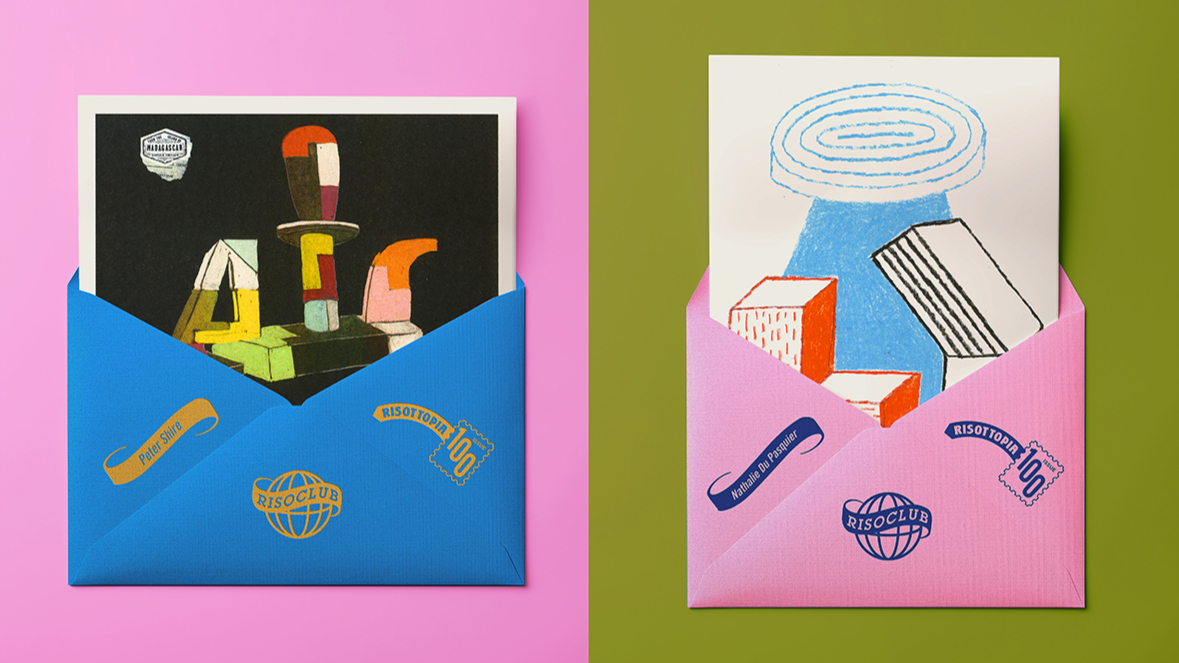 Nathalie Du Pasquier, Peter Shire and Barbara Stauffacher Solomon create exclusive artworks for Riso Club
Nathalie Du Pasquier, Peter Shire and Barbara Stauffacher Solomon create exclusive artworks for Riso ClubGlasgow print studio Risotto celebrates the 100th issue of its monthly Riso Club – a hand-printed, hand-posted subscription that has grown from a small artist exchange into a global community
-
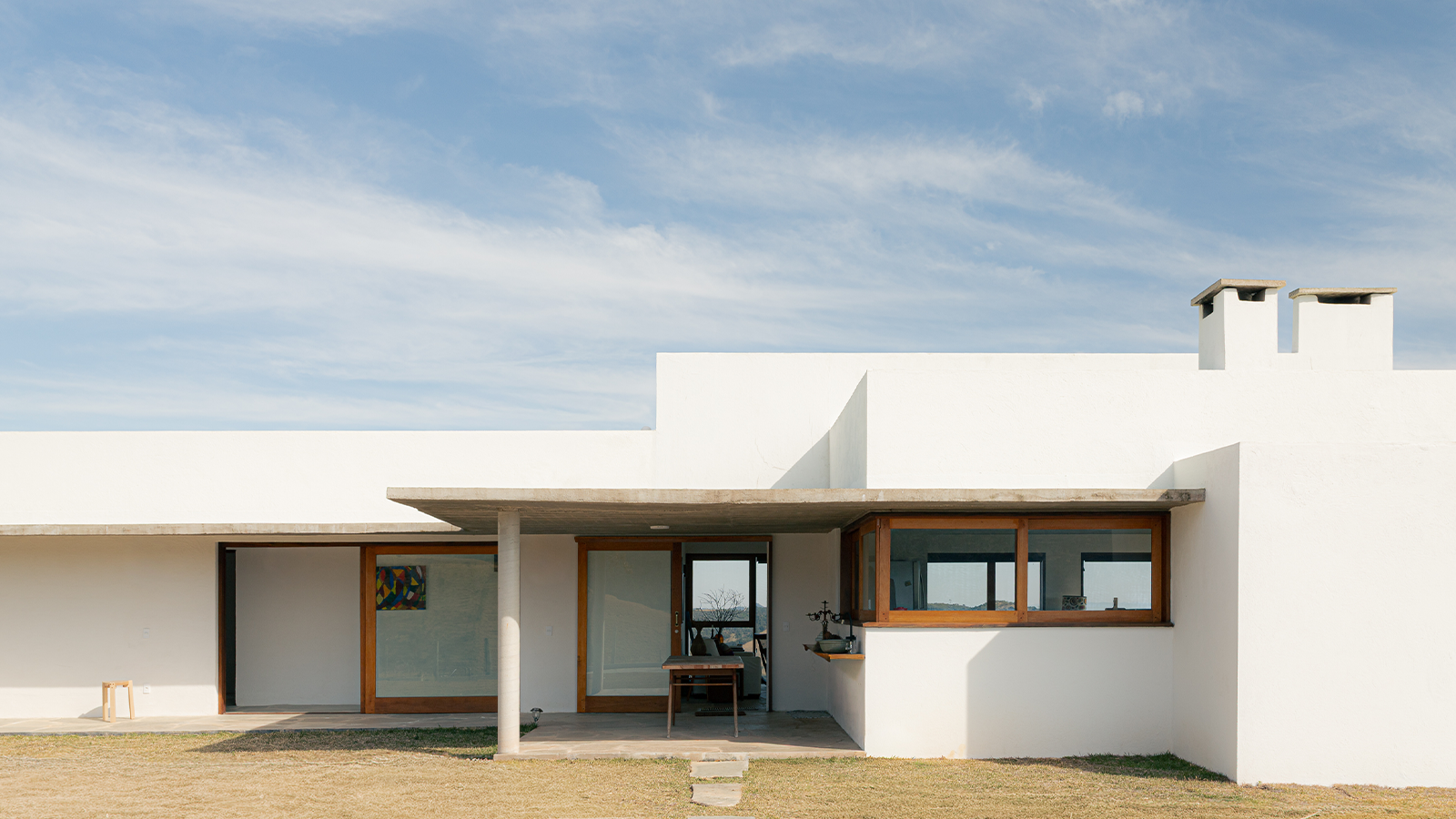 Inspired by farmhouses, a Cunha residence unites cosy charm with contemporary Brazilian living
Inspired by farmhouses, a Cunha residence unites cosy charm with contemporary Brazilian livingWhen designing this home in Cunha, upstate São Paulo, architect Roberto Brotero wanted the structure to become 'part of the mountains, without disappearing into them'
-
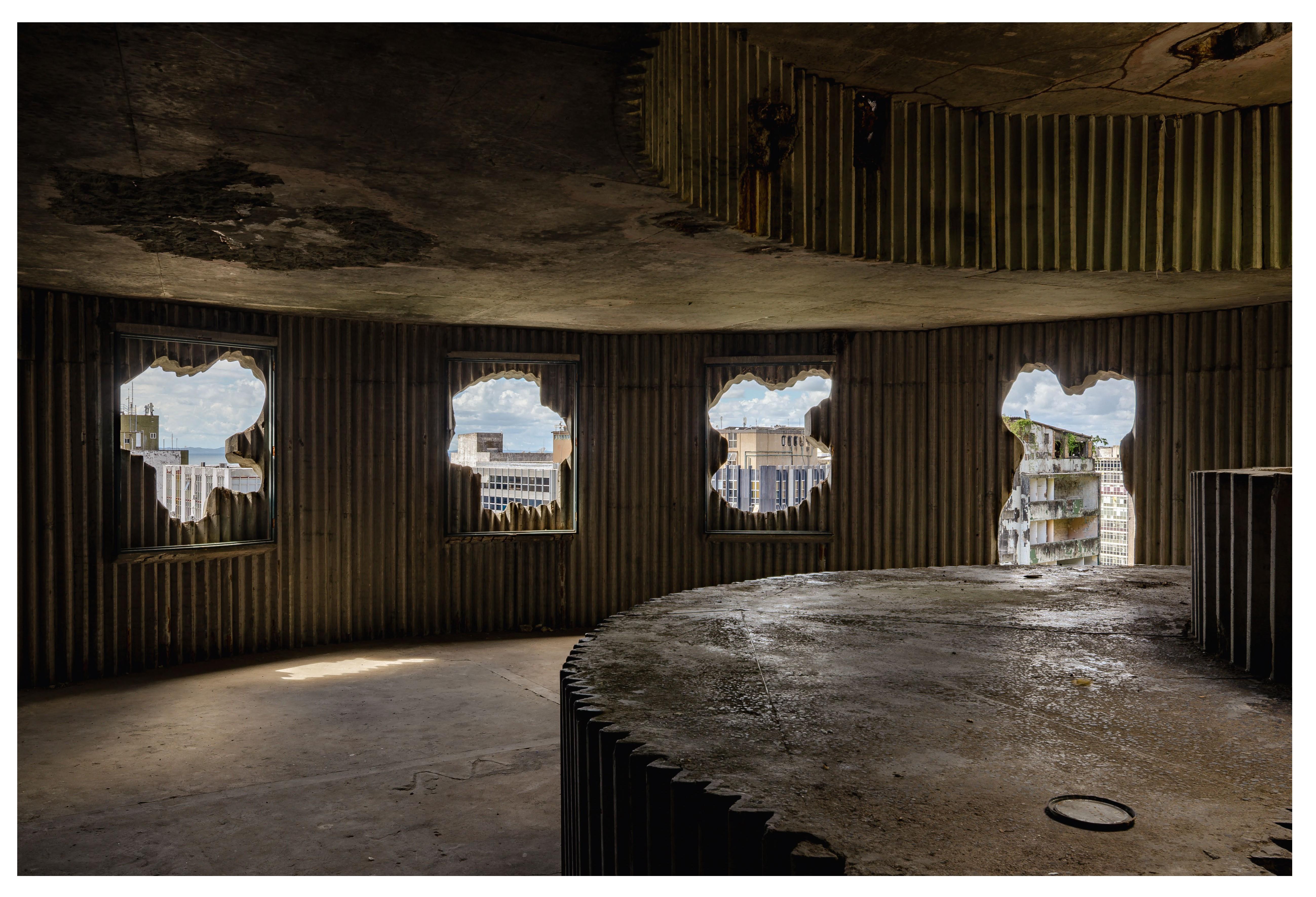 Arts institution Pivô breathes new life into neglected Lina Bo Bardi building in Bahia
Arts institution Pivô breathes new life into neglected Lina Bo Bardi building in BahiaNon-profit cultural institution Pivô is reactivating a Lina Bo Bardi landmark in Salvador da Bahia in a bid to foster artistic dialogue and community engagement
-
 Tropical gardens envelop this contemporary Brazilian home in São Paulo state
Tropical gardens envelop this contemporary Brazilian home in São Paulo stateIn the suburbs of Itupeva, Serena House by architects Padovani acts as a countryside refuge from the rush of city living
-
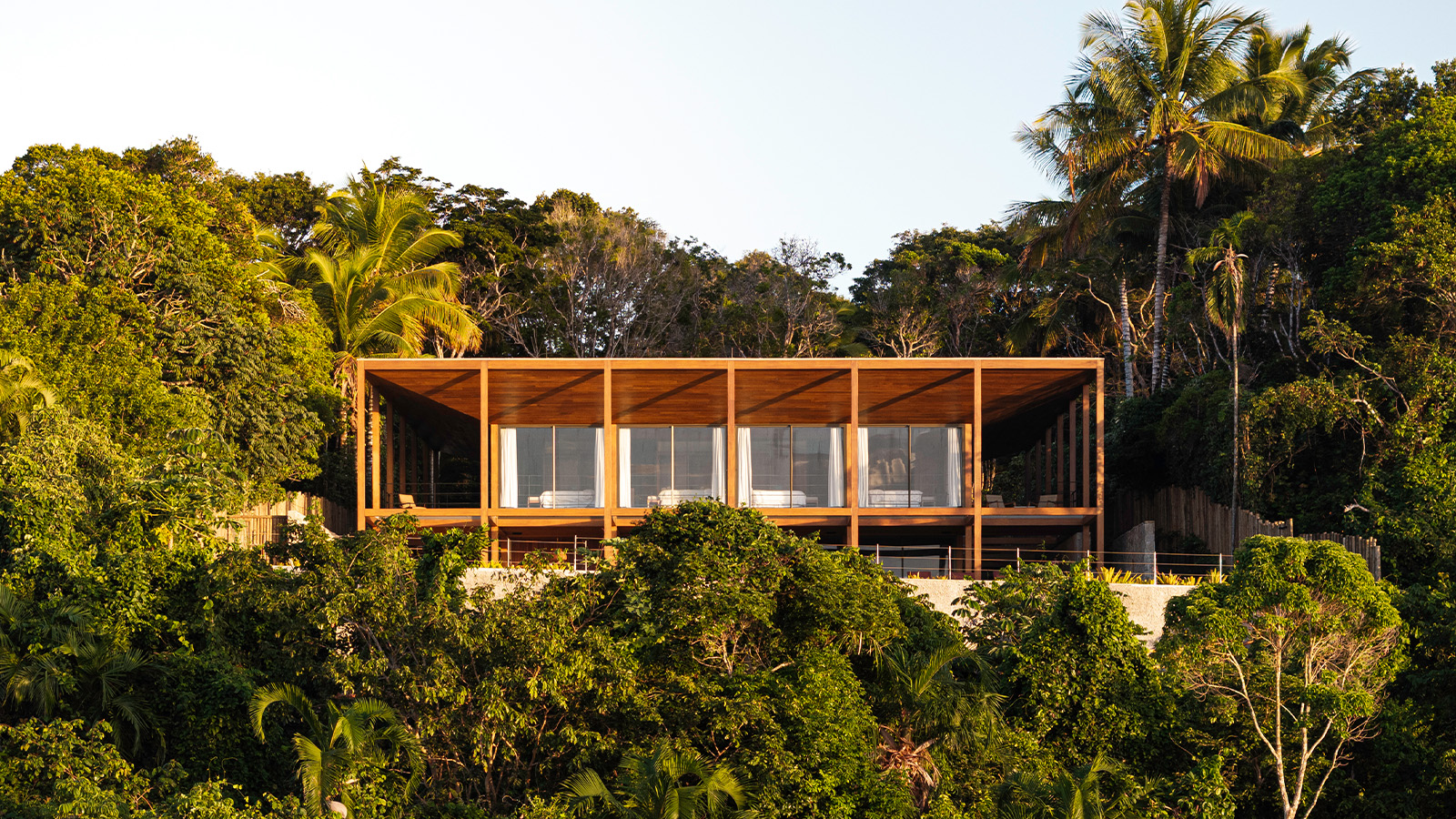 Itapororoca House blends seamlessly with Brazil’s lush coastal landscape
Itapororoca House blends seamlessly with Brazil’s lush coastal landscapeDesigned by Bloco Arquitetos, Itapororoca House is a treetop residence in Bahia, Brazil, offering a large wrap-around veranda to invite nature in
-
 A postmodernist home reborn: we tour the British embassy in Brazil
A postmodernist home reborn: we tour the British embassy in BrazilWe tour the British Embassy in Brazil after its thorough renovation by Hersen Mendes Arquitetura, which breathes new life into a postmodernist structure within the country's famous modernist capital
-
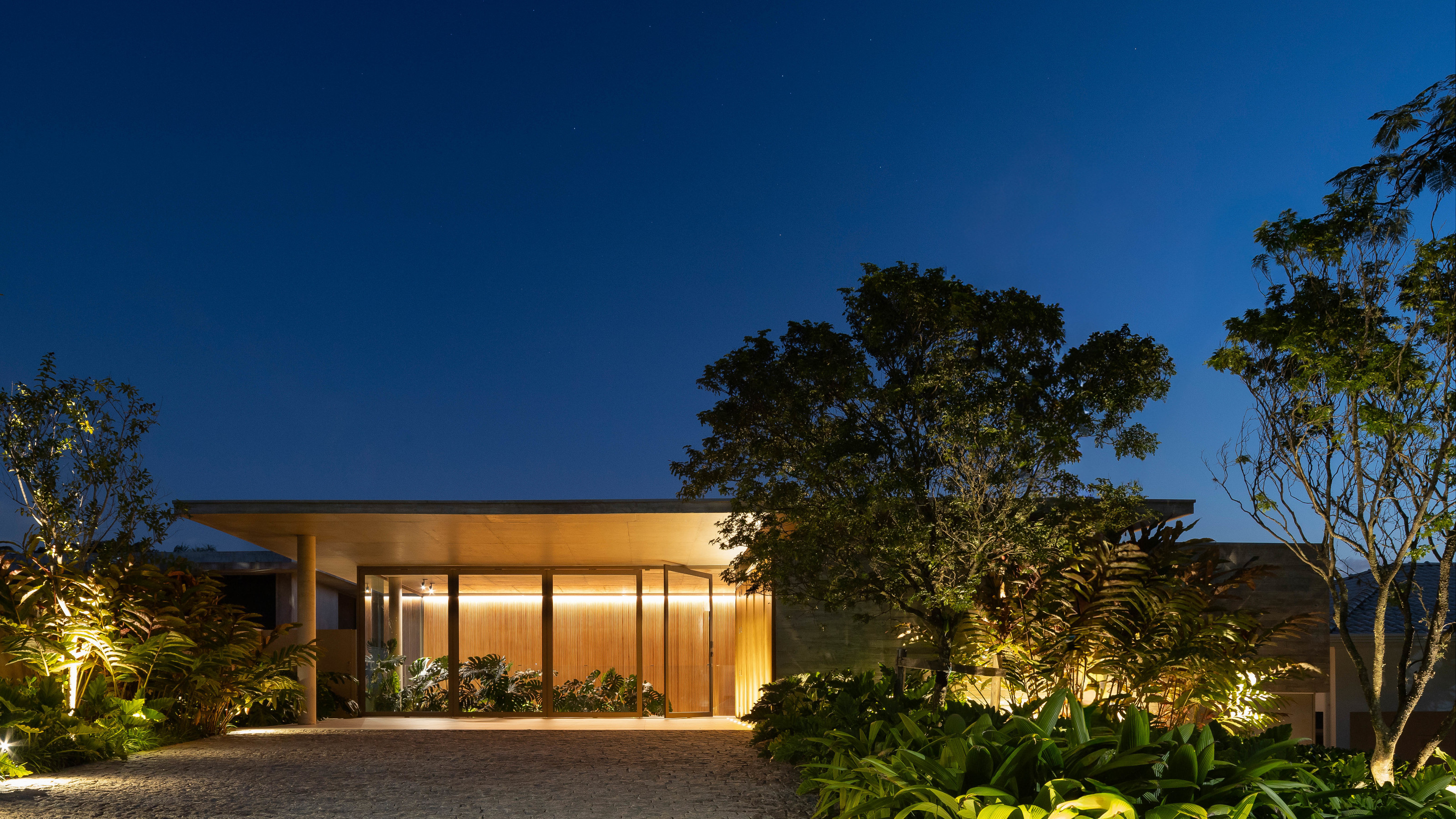 A new concrete house in São Paulo state is designed to open up to its hillside views
A new concrete house in São Paulo state is designed to open up to its hillside viewsArchitects Fernanda Padula and Juliana Risso have shaped this family house in Brazil from meticulously poured concrete forms, precise joinery and a close relationship with the landscape
-
 Meet Carmen Portinho, the pioneering engineer who shaped Brazilian architecture
Meet Carmen Portinho, the pioneering engineer who shaped Brazilian architectureCarmen Portinho’s pioneering vision shaped Brazil’s social housing, museums and modernist identity. A new exhibition in Rio finally gives her work the recognition it deserves
-
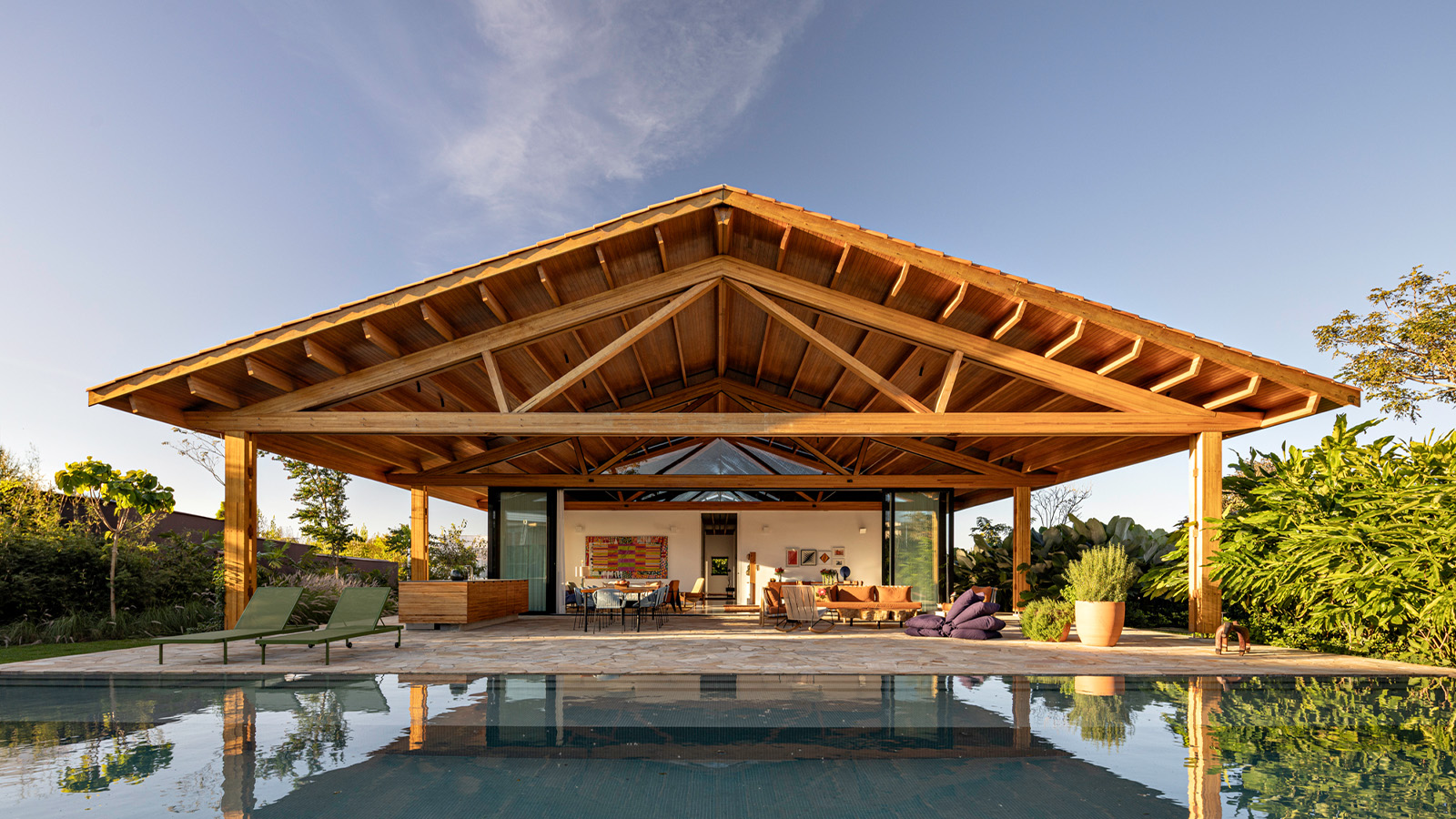 An upstate São Paulo house is rooted in culture and the location that inspires it
An upstate São Paulo house is rooted in culture and the location that inspires itBalancing tradition and modernity, upstate São Paulo house Casa MM by Equipe Lamas is ‘an oasis of intimacy within a residential setting’